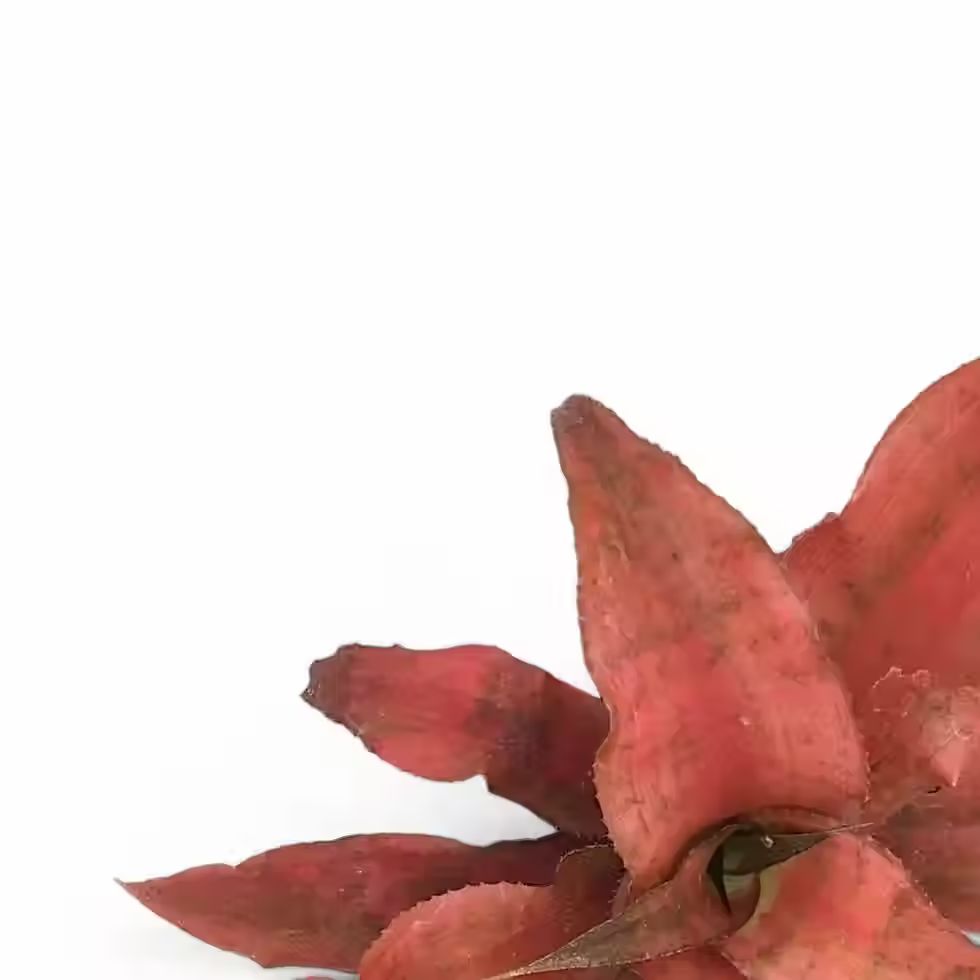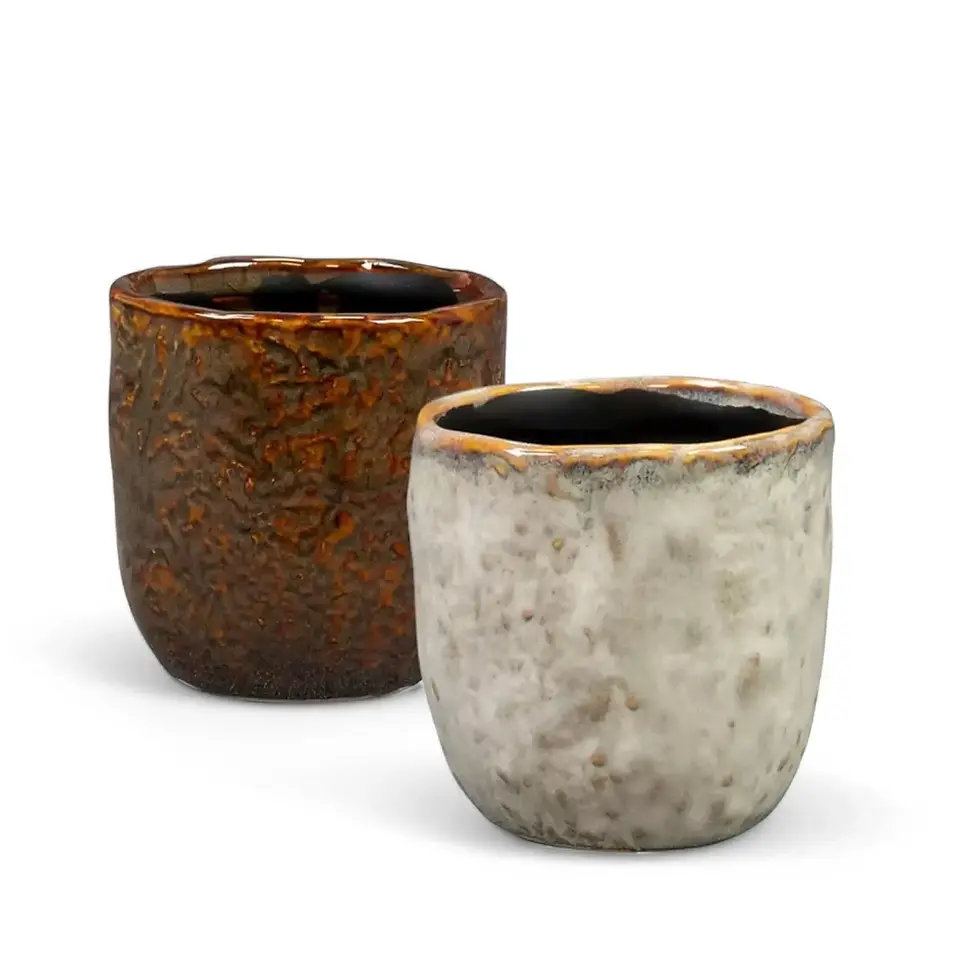Anthurium clarinervium - Information and A Complete Care Guide for the Velvet Beauty
Meet Anthurium clarinervium, often called the Velvet Cardboard Anthurium. With its gorgeous velvety, heart-shaped leaves and striking white veins, it’s no wonder this plant is a favorite among houseplant lovers. Hailing from the lush rainforests of Mexico, this tropical stunner effortlessly adds a touch of jungle charm to any indoor space—and it’s surprisingly easy to care for!
What Makes Anthurium clarinervium Special?
Anthurium clarinervium is not just another leafy houseplant—it's a showstopper. Its thick, velvety leaves are decorated with eye-catching silvery veins that make it the ultimate statement piece for your home or office. Plus, it's resilient and undemanding, making it perfect for plant enthusiasts looking for something exotic that doesn't need constant attention.
Caring for Your Anthurium clarinervium
- Light Requirements: Bright, indirect light is where this beauty shines best. While it can handle lower light conditions, its leaves will be more vibrant and lush in brighter spots. Direct sunlight can cause leaf burn, so keep it out of harsh rays.
- Ideal Humidity Levels: This plant loves high humidity (think 65% or above). To keep it happy, use a humidifier or place it near other plants to create a humidity boost.
- Watering Tips: Let the top 2-3 cm of soil dry out between waterings. Anthurium plants don't like soggy roots, so make sure to avoid overwatering. Proper drainage is key—use pots with drainage holes to prevent water from pooling at the bottom.
- Best Soil: The perfect potting mix includes orchid bark, perlite, and sphagnum moss—well-draining and aerated to keep those roots healthy. A mix specifically formulated for aroids or epiphytes works best, as it ensures the right balance of moisture and airflow.
- Fertilizing: Feed monthly during the growing season with a balanced houseplant fertilizer at half strength to encourage strong growth and vibrant foliage. Over-fertilizing can cause leaf burn, so always err on the side of caution.
- Repotting: Repot every 1-2 years or when it outgrows its pot. Choose a container with drainage holes for happy roots. Repotting also helps refresh the soil, providing the nutrients your plant needs to thrive.
Common Problems and Quick Fixes for Anthurium clarinervium
- Brown Leaf Edges: Usually a sign of low humidity or inconsistent watering. Increase humidity by using a humidifier and maintain a consistent watering schedule.
- Yellow Leaves: This can mean overwatering or a lack of nutrients. Let the soil dry slightly and ensure regular, balanced fertilization.
- Root Rot Prevention: Prevent root rot by using well-draining soil, avoiding overwatering, and ensuring the pot has proper drainage.
- Pest Management: Mealybugs and spider mites can be a nuisance. Wipe the leaves regularly and use insecticidal soap if pests appear. Neem oil spray is also an effective natural remedy for keeping pests at bay.
Behind the Name
The name Anthurium comes from the Greek words anthos (flower) and oura (tail), referring to its unique flower shape. The species name clarinervium highlights the plant’s remarkable white veins, which add to its striking visual masterpiece and make it a stunning addition to any houseplant collection.
Why You’ll Love Anthurium clarinervium in Your Indoor Garden
Beyond its breathtaking looks, Anthurium clarinervium brings a calming tropical vibe to your home or office. It’s an easy-care plant with amazing foliage, making it a must-have for any houseplant enthusiast looking to elevate their indoor jungle.
FAQs: Your Anthurium clarinervium Questions Answered
- How often should I water Anthurium clarinervium? Water when the top 2-3 cm of soil is dry. Avoid overwatering to prevent root rot.
- Can Anthurium clarinervium tolerate low light? It can handle lower light conditions, but bright, indirect light will make those velvety leaves truly shine.
- What kind of soil should I use for Anthurium clarinervium? A well-draining mix with orchid bark, perlite, and sphagnum moss works wonders for keeping roots aerated and healthy.
- How do I increase humidity for my Anthurium clarinervium? Use a humidifier, set up a humidity tray, or group it with other plants to boost humidity naturally.
- Is Anthurium clarinervium toxic to pets? Yes, Anthurium clarinervium is toxic if ingested by pets or humans. Keep it out of reach of cats, dogs, and small children to avoid any health issues.
Order Your Anthurium clarinervium Today!
Ready to bring a touch of lush, tropical elegance to your home? Anthurium clarinervium is here to elevate your indoor jungle—grab yours today and watch it thrive! With its stunning appearance and easy-care nature, it's a must-have for any houseplant enthusiast.
Anthurium clarinervium
Anthurium clarinervium comes in following sizes:
Baby Plant – comes in a ⌀ 6 cm pot and is approximately 12 cm tall
M – comes in a ⌀ 12 cm pot and is approximately 25 cm tall
L – comes in a ⌀ 15 cm pot and is approximately 40 cm tall

























































